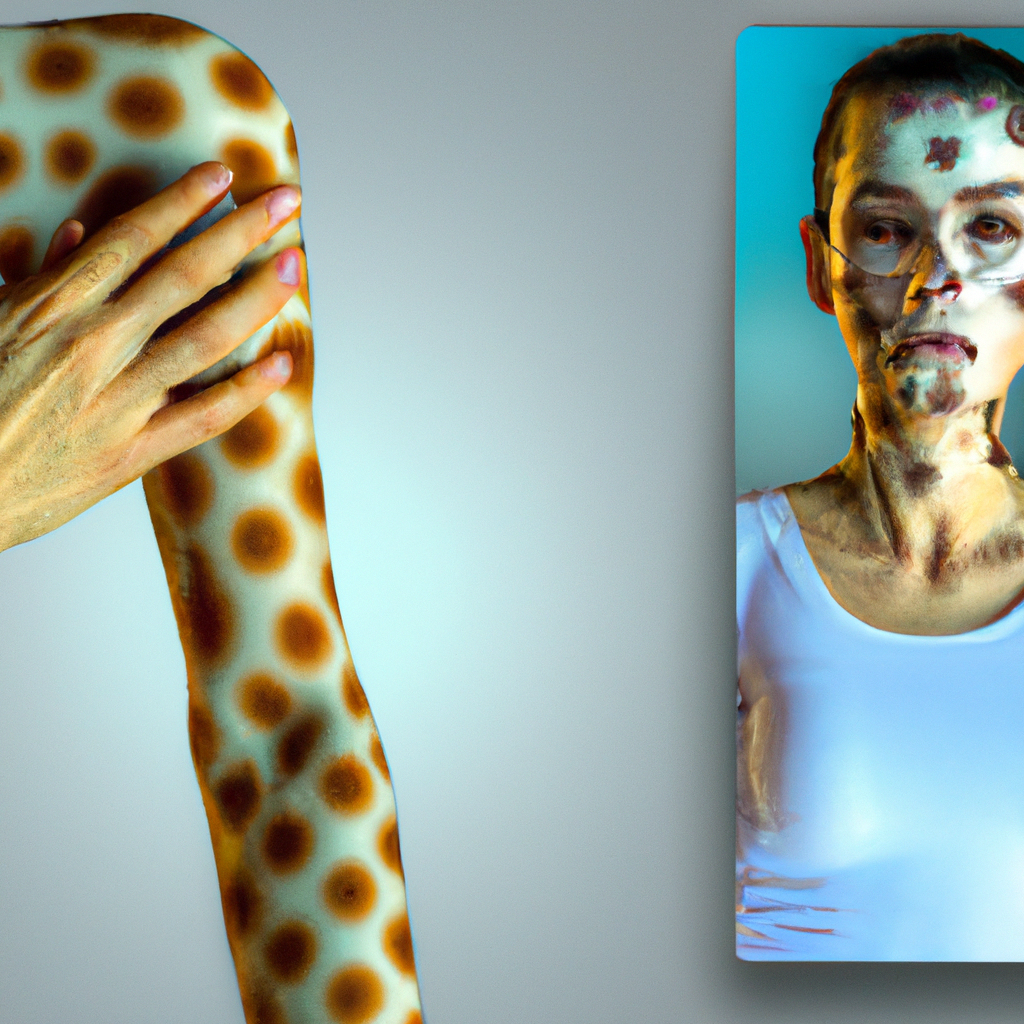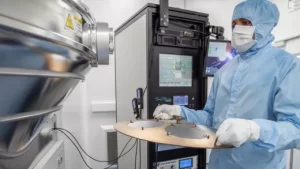Recent developments in the field of robotics and virtual environments have enabled researchers to create a new type of artificial skin with sensing capabilities that surpass those of human skin. This artificial skin, created by a team at Nanyang Technological University in Singapore, is able to detect direct pressure, as well as objects that are close to it.
The artificial skin is composed of a porous, spongy layer soaked with a salty liquid, sandwiched between two fabric electrode layers embedded with nickel. This low-cost and easily scalable material is both bendy and conductive, and reacts to pressure by inducing a change in capacitance, producing an electric signal.
The design of the device also generates a “fringing electric field” around the edge of the skin which can sense when objects are close and discern the material they are made of. This has implications for robotic perception technologies, control interface games and prosthetics. In their experiment, users were able to play Pac-Man by interacting with a panel of the artificial skin.
The results of the study demonstrate that artificial skin is a promising technology that could enable devices to interact with their environment in a more sensitive way. Further research is necessary to explore the potential applications of this technology.













































